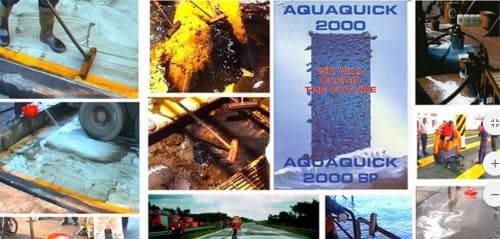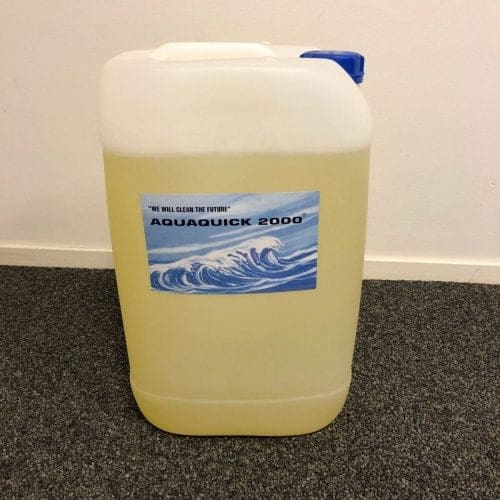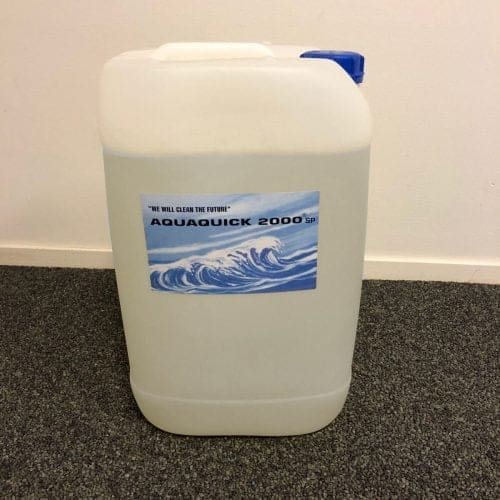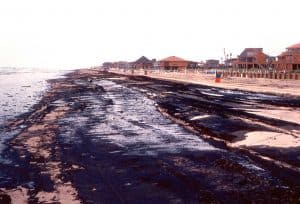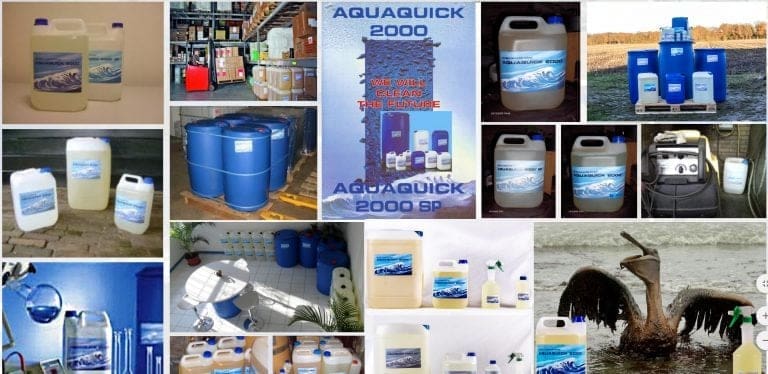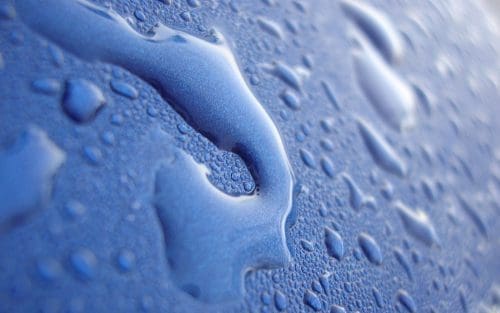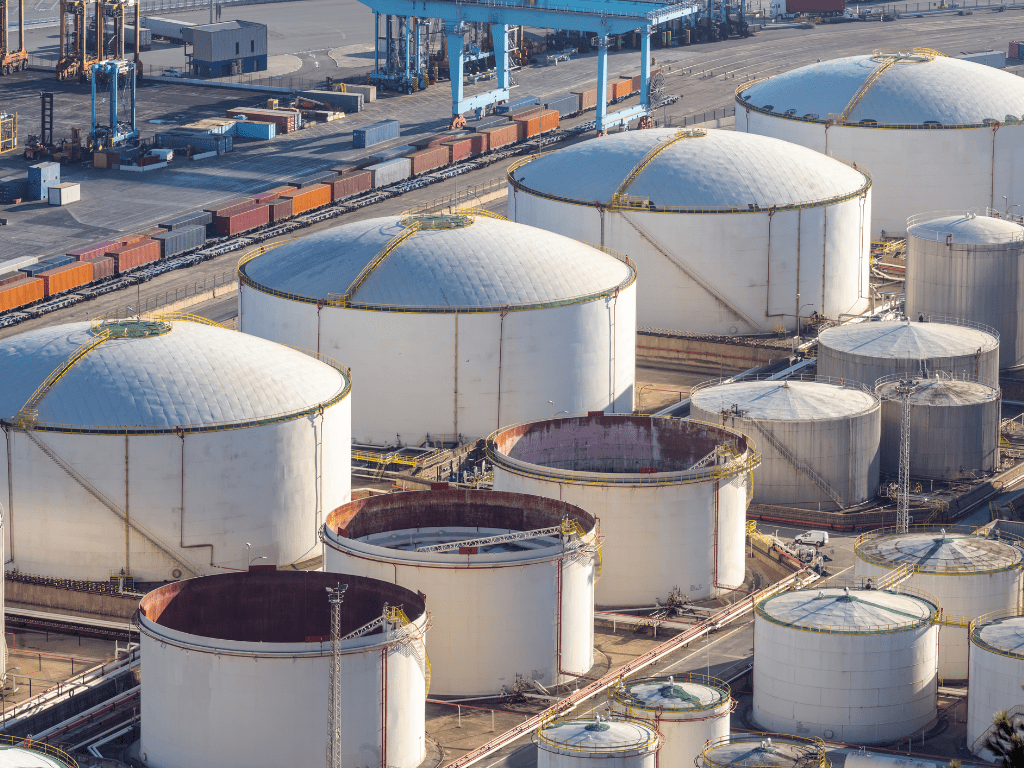Introduction
Maintaining a clean diesel fuel tank is crucial for ensuring the long-term health and performance of your engine. A dirty or contaminated fuel tank can lead to various engine problems, including clogged fuel lines, poor fuel efficiency, and even engine failure. To avoid these issues, it’s essential to incorporate a regular cleaning routine using a reliable In this article, we’ll explore the importance of keeping your diesel fuel tank clean, the signs that it needs attention, and provide a step-by-step guide to doing it right.
Understanding the Importance of a Clean Diesel Fuel Tank
Why Diesel Fuel Tanks Get Dirty
Diesel fuel tanks are prone to contamination over time. The most common contaminants include dirt, debris, water, and algae growth. These impurities can enter the tank during refueling, through condensation, or from poor-quality fuel. Once inside, they settle at the bottom of the tank, forming sludge that can wreak havoc on your engine.
Using a high-quality diesel tank cleaner is essential to break down and remove these contaminants. Neglecting this can lead to more significant issues, as even small amounts of dirt and water can cause the fuel to become less combustible, reducing the efficiency of your engine.
Long-Term Consequences of a Dirty Tank
A dirty diesel fuel tank doesn’t just cause immediate problems; it can also have long-term effects on your vehicle. Over time, the sludge and contaminants can cause corrosion inside the tank, leading to leaks and fuel system failures. Moreover, this build-up can clog fuel filters and injectors, resulting in expensive repairs.
The regular use of a diesel tank cleaner can help prevent these issues by ensuring that your fuel system remains clean and free from harmful contaminants. Keeping the tank clean will not only extend the life of your engine but also save you money in the long run.
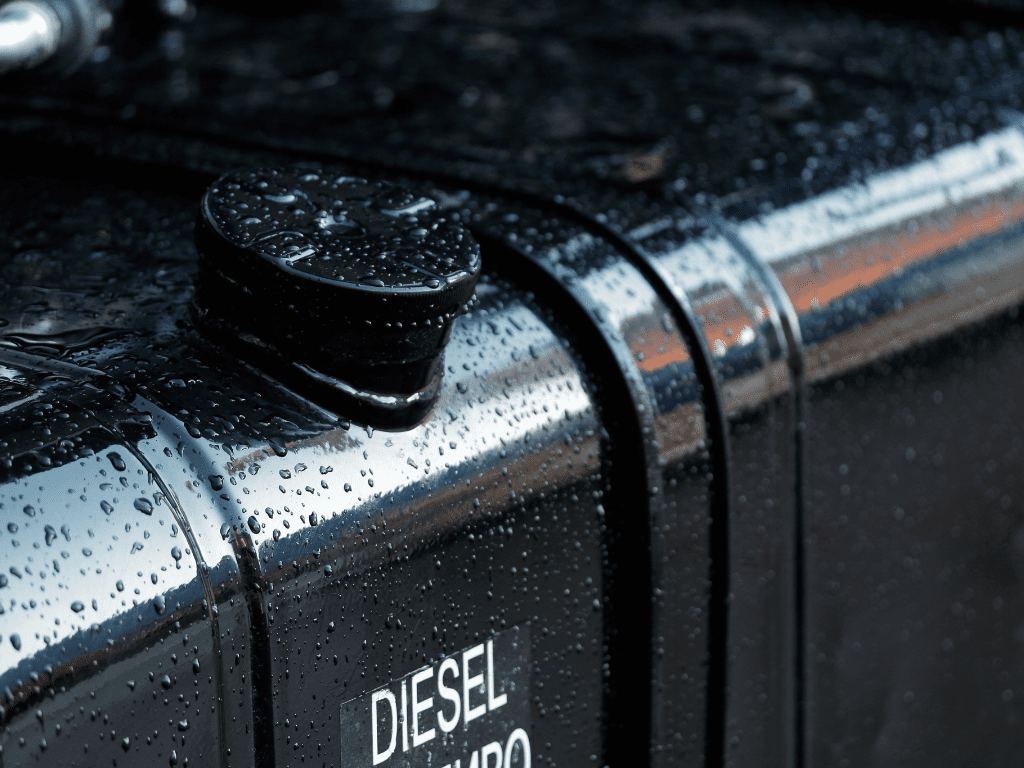
Signs Your Diesel Fuel Tank Needs Cleaning
Common Indicators
Knowing when your diesel fuel tank needs cleaning is crucial to preventing engine problems. Here are some common signs that indicate it’s time to clean your tank:
- Engine Misfires: If your engine starts misfiring or running roughly, it could be due to contaminants in the fuel.
- Reduced Fuel Efficiency: A dirty tank can cause your engine to work harder, leading to increased fuel consumption.
- Clogged Filters and Injectors: Regularly replacing clogged filters and injectors may indicate that your tank is full of sludge.
Spotting these signs early can save you from more significant problems down the line. Regular use of a diesel tank cleaner can help avoid these issues by keeping your tank free from debris and contaminants.
Regular Maintenance and Inspection
Regular maintenance is key to preventing problems with your diesel fuel tank. It’s essential to inspect your tank periodically, especially if you notice any of the signs mentioned above. Early detection of issues allows you to address them before they escalate.
A well-maintained tank will also improve the performance and lifespan of your engine. By integrating a diesel tank cleaner into your routine maintenance, you can ensure that your tank stays clean, minimizing the risk of costly repairs and engine breakdowns.
Step-by-Step Guide to Cleaning a Diesel Fuel Tank
Preparation
Before you begin cleaning your diesel fuel tank, it’s important to gather the necessary tools and equipment. Here’s what you’ll need:
- Diesel Tank Cleaner: Choose a high-quality cleaner designed to remove sludge and contaminants.
- Protective Gear: Gloves and safety goggles to protect yourself from fuel and cleaner exposure.
- Fuel Pump or Siphon: To safely remove fuel from the tank.
- Cleaning Brushes: To scrub the interior of the tank.
- Containers: For storing the drained fuel.
Safety should always be your top priority. Ensure that you are working in a well-ventilated area, away from open flames or sparks.
Draining the Tank
The first step in cleaning your diesel fuel tank is to drain the existing fuel. Here’s how to do it safely:
- Disconnect the Fuel Lines: Before draining, disconnect the fuel lines to prevent fuel from entering the engine.
- Use a Fuel Pump or Siphon: Carefully siphon the fuel into approved containers. Be sure to label the containers and store them in a safe location.
- Dispose of Contaminated Fuel: If the fuel is contaminated, dispose of it properly according to local regulations.
Draining the tank completely is crucial before applying a diesel tank cleaner. This ensures that the cleaner can effectively reach all areas of the tank.
Cleaning the Tank
Once the tank is drained, it’s time to clean the interior:
- Apply the Diesel Tank Cleaner: Pour the cleaner into the tank, following the manufacturer’s instructions. AQUAQUICK 2000 is an excellent choice for this task, as it is designed to break down sludge and grime naturally, without harming the environment.
- Scrub the Interior: Use cleaning brushes to scrub the tank’s interior, focusing on areas with heavy build-up. Make sure to cover all surfaces thoroughly.
- Let it Sit: Allow the cleaner to sit for the recommended time. This will give it a chance to dissolve the contaminants fully.
Using a diesel tank cleaner like AQUAQUICK 2000 will not only clean the tank but also help maintain the integrity of the fuel system, preventing future issues.
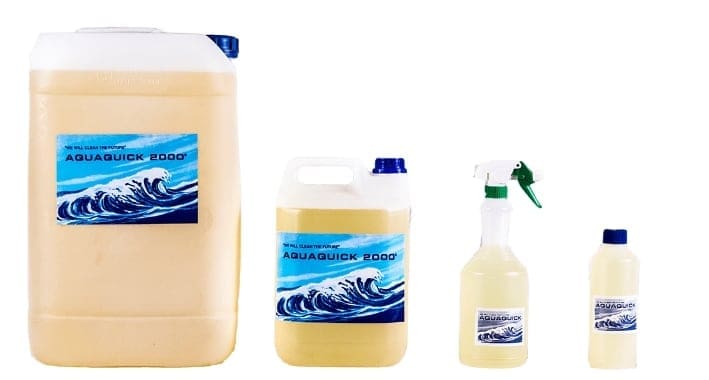
Rinsing and Drying
After thoroughly scrubbing the interior of the diesel fuel tank, the next critical step is to rinse and dry the tank to ensure all contaminants and cleaning agents are completely removed.
Thorough Rinsing
- Rinse with Clean Diesel Fuel: After the cleaner has had time to work, rinse the tank with clean diesel fuel. This helps to remove any residual cleaner and loosened contaminants.
- Use a High-Pressure Water Source: If possible, use a high-pressure water source to ensure that all areas of the tank are thoroughly rinsed. Be cautious not to introduce too much water, which can lead to future contamination.
- Repeat as Necessary: Depending on the level of contamination, you may need to rinse the tank multiple times to ensure it is completely clean.
Ensuring Complete Drying
- Drain Excess Fuel: After rinsing, drain any excess diesel fuel from the tank. Use a fuel pump or siphon to remove as much liquid as possible.
- Air Dry the Tank: Allow the tank to air dry in a well-ventilated area. You can also use compressed air to speed up the drying process, ensuring that no moisture remains inside.
- Inspect for Residual Moisture: Before proceeding, inspect the tank for any signs of residual moisture or cleaner. A completely dry tank is essential to prevent future contamination.
Refilling the Tank
With the tank now clean and dry, it’s time to refill it with fresh diesel fuel. Proper refilling techniques ensure that the fuel system remains free from contaminants and functions efficiently.
Best Practices for Refilling
- Use High-Quality Diesel Fuel: Always use diesel fuel from reputable sources to minimize the introduction of contaminants.
- Add Diesel Tank Cleaner: Consider adding a diesel tank cleaner like AQUAQUICK 2000 to the new fuel. This helps maintain the cleanliness of the tank and prevents the buildup of sludge and debris.
- Prime the Fuel System: After refilling, prime the fuel system to remove any air that may have entered during the cleaning process. This ensures smooth engine operation from the start.
Benefits of Using AQUAQUICK 2000
Incorporating AQUAQUICK 2000 into your refilling process not only cleans the tank but also provides ongoing protection against future contamination. Its advanced formula helps maintain fuel system integrity, ensuring optimal engine performance and longevity.
Preventative Measures to Keep Your Diesel Fuel Tank Clean
Maintaining a clean diesel fuel tank is not a one-time task. Implementing regular preventative measures can significantly reduce the risk of contamination and engine problems.
Regular Maintenance Schedule
Establishing a consistent maintenance schedule is key to preventing diesel fuel tank contamination. Here’s how to create an effective schedule:
- Frequent Inspections: Regularly inspect your fuel tank for signs of contamination, such as discoloration or sludge buildup.
- Scheduled Cleanings: Depending on usage, aim to clean the tank at least once a year or every 10,000 miles. High-use vehicles may require more frequent cleanings.
- Monitor Fuel Quality: Regularly check the quality of your diesel fuel. Use a fuel tester to detect impurities and take action if contamination is detected.
Using Quality Fuel
The quality of the diesel fuel you use plays a significant role in maintaining a clean tank. Here’s why:
- Reputable Sources: Purchase diesel fuel from trusted suppliers who adhere to high-quality standards. This reduces the likelihood of contaminants entering your tank.
- Filtered Fuel: Ensure that the fuel you purchase is properly filtered to remove impurities before it enters your tank.
- Storage Conditions: If you store diesel fuel, keep it in clean, sealed containers to prevent contamination from dust, water, and other external elements.
Long-Term Use of Diesel Tank Cleaner
Incorporating a diesel tank cleaner like AQUAQUICK 2000 into your regular maintenance routine provides ongoing protection against contamination. Here’s how to make the most of it:
- Routine Additive: Use AQUAQUICK 2000 as a routine additive to your diesel fuel. This helps keep the tank clean by preventing the formation of sludge and algae.
- Preventive Cleaning: Even if your tank appears clean, periodic use of a diesel tank cleaner can prevent hidden contamination from causing future problems.
- Extended Engine Life: Regular use of a quality diesel tank cleaner like AQUAQUICK 2000 ensures that your engine remains free from harmful contaminants, extending its lifespan and maintaining peak performance.
The Role of a Diesel Tank Cleaner in Preventing Engine Problems
A diesel tank cleaner is an essential tool in maintaining the health of your diesel engine. Understanding how it works and the benefits it provides can help you make informed decisions about your engine maintenance.
How Diesel Tank Cleaners Work
Diesel tank cleaners are specially formulated to break down and remove contaminants from the fuel tank. Here’s how they work:
- Dissolving Sludge and Debris: The active ingredients in diesel tank cleaners penetrate and dissolve sludge, dirt, and other debris that accumulate in the tank.
- Preventing Corrosion: By removing contaminants, diesel tank cleaners help prevent corrosion of the tank and fuel system components.
- Enhancing Fuel Quality: Cleaner fuel ensures better combustion, leading to improved engine performance and fuel efficiency.

The Unique Formula of AQUAQUICK 2000
AQUAQUICK 2000 stands out among diesel tank cleaners due to its unique, environmentally friendly formula. Here’s what makes it effective:
- Natural Ingredients: AQUAQUICK 2000 uses natural solvents that effectively break down contaminants without harming the environment or the fuel system.
- Advanced Cleaning Power: Its powerful formula ensures thorough cleaning, reaching all parts of the tank and fuel system to eliminate stubborn sludge and debris.
- Long-Lasting Protection: Beyond cleaning, AQUAQUICK 2000 provides long-lasting protection against future contamination, ensuring your diesel fuel tank remains clean for an extended period.
Cost-Benefit Analysis
Investing in a diesel tank cleaner like AQUAQUICK 2000 offers significant cost benefits compared to the potential expenses of engine repairs caused by contamination.
- Affordable Maintenance: Regular use of a diesel tank cleaner is a cost-effective way to maintain your fuel system and prevent expensive repairs.
- Reduced Repair Costs: By keeping the fuel tank clean, you minimize the risk of clogged filters, injectors, and other engine components, saving money on maintenance and repairs.
- Increased Engine Lifespan: Clean fuel systems lead to smoother engine operation and longer engine life, providing additional savings over time.
Conclusion
Maintaining a clean diesel fuel tank is essential for preventing engine problems and ensuring optimal performance. Regular cleaning using a reliable diesel tank cleaner like AQUAQUICK 2000 can effectively remove contaminants, protect your fuel system, and extend the life of your engine. By following the step-by-step guide outlined in this article and implementing preventative measures, you can avoid costly repairs and keep your diesel engine running smoothly.
Take Action Today: Don’t wait until engine problems arise. Incorporate AQUAQUICK 2000 into your maintenance routine to keep your diesel fuel tank clean and your engine performing at its best. Invest in the health of your vehicle and enjoy the benefits of a well-maintained diesel engine for years to come.

